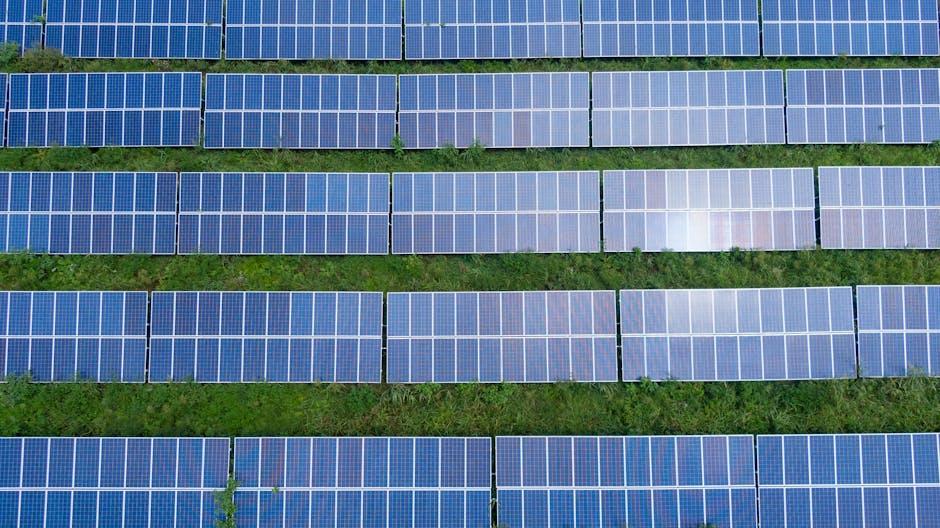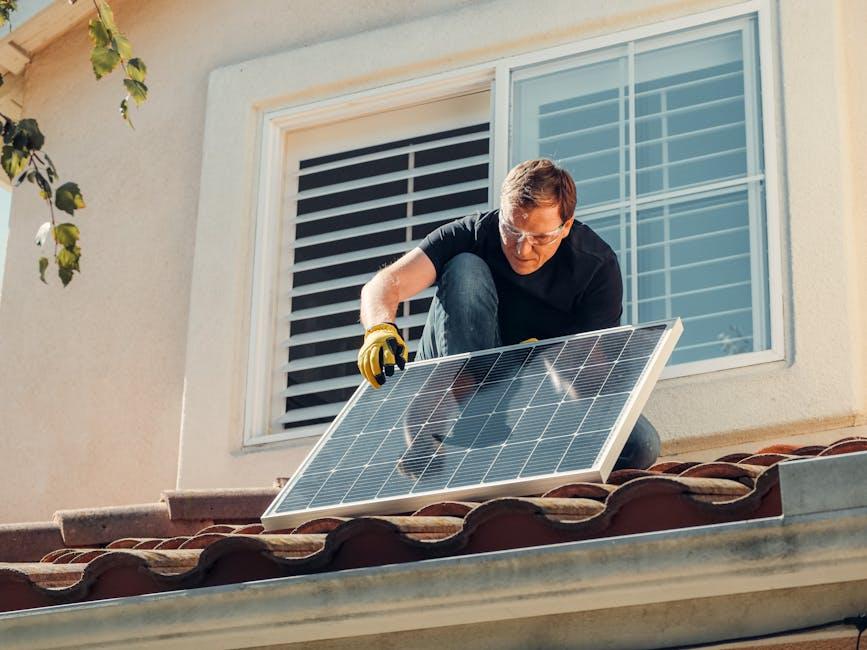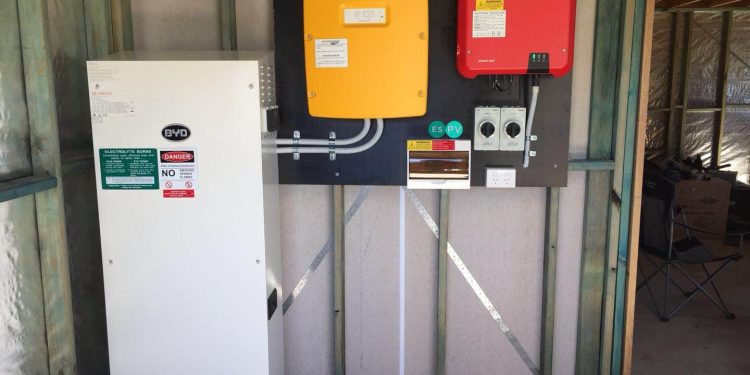In an era where the sun has become a pivotal player in our quest for sustainable energy, commercial solar installations are emerging as beacons of innovation and environmental stewardship. As businesses increasingly pivot towards greener practices, harnessing the power of solar energy is not just a trend but a transformative journey. This article embarks on a comprehensive exploration of the step-by-step process involved in commercial solar installation. Whether you’re a business owner considering the leap into solar energy or a curious mind eager to understand the mechanics behind this green revolution, our guide promises to illuminate each stage with clarity and precision. Join us as we unravel the intricacies of turning sunlight into a robust power source, empowering enterprises to reduce their carbon footprint while optimizing energy efficiency.
Understanding Your Energy Needs and Site Assessment
Before embarking on the journey of a commercial solar installation, it’s crucial to have a thorough understanding of your business’s energy needs and conduct a comprehensive site assessment. This involves evaluating your current energy consumption patterns to determine how much solar energy is required to meet your needs. Start by reviewing your electricity bills over the past year to identify peak usage periods and potential savings. Consider the type of business you run, as energy requirements can vary significantly between industries such as manufacturing, retail, or office spaces. Understanding these nuances can help tailor the solar system to your specific needs, ensuring optimal efficiency and cost-effectiveness.
The site assessment is equally critical, as it involves analyzing various physical and technical aspects of your location. Here are some key factors to consider:
- Roof Condition and Space: Ensure your roof is structurally sound and has enough space to accommodate solar panels.
- Orientation and Tilt: The angle and direction of your roof impact the amount of sunlight your panels can capture.
- Shading: Identify any potential obstructions like trees or buildings that could cast shadows and reduce efficiency.
- Local Climate: Consider the average sunlight hours and weather patterns in your area.
- Regulatory Compliance: Be aware of local zoning laws and regulations regarding solar installations.
By thoroughly understanding your energy needs and conducting a detailed site assessment, you lay a solid foundation for a successful solar installation that not only meets your energy demands but also maximizes your return on investment.

Choosing the Right Solar Panels and Equipment
Embarking on a commercial solar installation journey requires a keen eye for selecting the right components that will ensure efficiency and longevity. When choosing solar panels, consider factors such as efficiency ratings, durability, and warranty offerings. Opt for panels that boast high efficiency, as these will convert more sunlight into electricity, maximizing your investment. Durability is crucial, especially for commercial applications, where panels face various environmental challenges. Warranties offer peace of mind, providing coverage for performance and material defects over a significant period.
Beyond panels, the equipment ecosystem is equally vital. Ensure your setup includes quality inverters to efficiently convert DC to AC power, robust racking systems to secure panels against weather conditions, and monitoring systems to track energy production and performance. When choosing inverters, consider types like string, micro, or central inverters, each offering distinct benefits. A reliable racking system will accommodate your roof structure and withstand local weather patterns. Monitoring systems not only enhance performance analysis but also assist in troubleshooting, ensuring your solar array operates optimally.

Navigating Permits and Regulations for Solar Installation
Embarking on a commercial solar installation project requires navigating a maze of permits and regulations that can vary significantly depending on your location. To ensure a smooth process, it is crucial to first research local regulations. This includes understanding zoning laws, historical building restrictions, and environmental guidelines that may impact your project. Engaging with local authorities early in the planning stage can help identify potential hurdles and streamline the approval process.
Once you have a clear understanding of the regulatory landscape, prepare a comprehensive application package. This typically includes detailed site plans, engineering reports, and project specifications. Ensuring that all documentation is complete and accurate can prevent delays and rejections. Consider enlisting the help of a professional consultant or solar installer familiar with local requirements to assist with the application. Additionally, stay informed about any incentives or rebates that may be available to offset costs, as these often have specific eligibility criteria and deadlines.

Installation Day: What to Expect and How to Prepare
On installation day, the excitement of seeing your commercial solar project come to life is palpable. As the crew arrives, you’ll notice a well-coordinated team ready to transform your rooftop or designated area into a hub of renewable energy. Expect a few initial hours dedicated to site preparation and safety checks. The team will assess the site conditions, ensuring everything aligns with the pre-installation plan. It’s not uncommon for some minor adjustments to be made to accommodate any unforeseen circumstances.
To ensure a smooth process, it’s beneficial to prepare your site ahead of time. Here’s a quick checklist to consider:
- Clear any debris or obstacles from the installation area.
- Ensure there is adequate access to the site for the installation crew and their equipment.
- Notify your staff about the installation schedule to avoid any disruptions.
- Coordinate with your building manager or maintenance team to provide access to necessary areas.
With these preparations in place, you can look forward to a seamless installation, paving the way for a sustainable energy future.
Concluding Remarks
As the sun dips below the horizon, casting a golden glow over the array of solar panels now standing proud atop your commercial property, it’s clear that the journey to harnessing solar power is more than just a series of steps—it’s a commitment to a brighter, more sustainable future. Each phase, from the initial assessment to the final connection, reflects not just the intricate dance of technology and expertise, but also the promise of innovation meeting responsibility.
By following this step-by-step guide, you haven’t merely installed a solar system; you’ve embarked on a path that not only powers your business but also champions the global shift towards renewable energy. As your new solar installation begins its work, converting sunlight into power, it stands as a testament to forward-thinking and a legacy of environmental stewardship.
Thank you for joining us on this journey. May your venture into solar energy illuminate not only your business but also inspire others to look skyward, envisioning a world where clean, sustainable energy is within reach for all.

































